Serendip is an independent site partnering with faculty at multiple colleges and universities around the world. Happy exploring!
biology

Lifting the Branch
My tree
tells me I have got you, apple.
Now hand to branch
to yes, take my trunk.
Yell oh,
here, like hair like feathers like leaves!
Will the rustling leaves
of the swaying tree
say, no yell, oh?
Adam’s apple,
state the roots, stay the trunk,
and lunging branch.
Branch
out into orchard, think of the leaves.
Yes give us a trunk and another trunk.
Tree
loves its apple
so yellow, yell oh!
We yell over and over oh,
before falling from the branch.
Apple
loves the leaves.
So the tree
is asking touch my trunk.
Tough the bark of the trunk,
still it will yell oh!
Telling, poem ate tree.
Tender it is; the branch
never leaves
apple.
Apple
is alive with trunk.
Leaves
between orange and green and yell oh!
Growing to branch.
This is what it’s like making love with a tree.
Ah the apple. Ah the leaves.
Ah the trunk. Ah the branch.
Yell oh! Ah, says the tree.

Found Introduction
The great St Mark’s Cathedral in Venice,
the dome radially symmetrical,
each quadrant meets
one of the four spandrels.
Below the dome,
spandrels tapering triangular spaces.
Two rounded arches at right angles are
byproducts of mounting a dome.
Spandrel, a design fitted into its space,
sits in the parts flanked
by the heavenly.
Below a man,
representing one of the four biblical rivers
Tigris,
Euphrates,
Indus,
Nile,
pours water
from a pitcher in the narrowing space.
Below his feet
is elaborate. That we to view it
as sense of the surrounding
necessary spandrels.
They a space which the mosaicists worked.
They set the symmetry
such abound.
We do not impose our biological biases upon them,
a series.

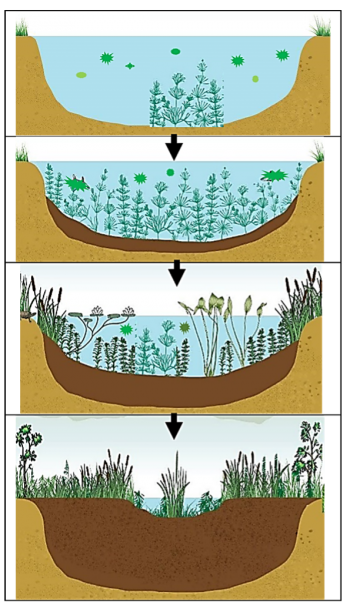
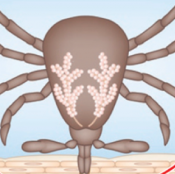 This analysis and discussion activity engages students in understanding the lifecycle and adaptations of black-legged ticks and the relationships between these ticks, their vertebrate hosts, and the bacteria that cause Lyme disease.
This analysis and discussion activity engages students in understanding the lifecycle and adaptations of black-legged ticks and the relationships between these ticks, their vertebrate hosts, and the bacteria that cause Lyme disease.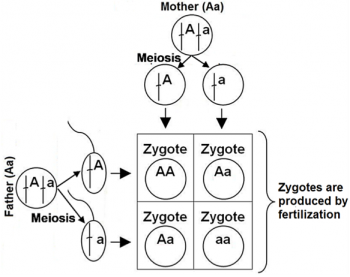 In this hands-on, minds-on activity, students use model chromosomes and answer analysis and discussion questions to learn about the processes of meiosis and fertilization.
In this hands-on, minds-on activity, students use model chromosomes and answer analysis and discussion questions to learn about the processes of meiosis and fertilization.
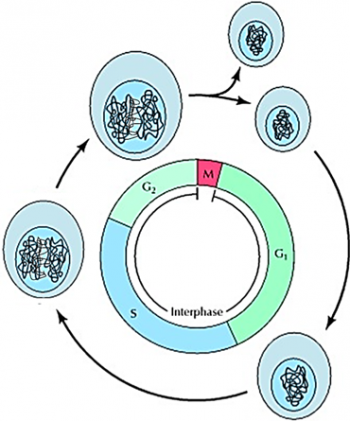 In this hands-on, minds-on activity, students use model chromosomes and answer analysis and discussion questions to learn how the cell cycle produces genetically identical daughter cells.
In this hands-on, minds-on activity, students use model chromosomes and answer analysis and discussion questions to learn how the cell cycle produces genetically identical daughter cells.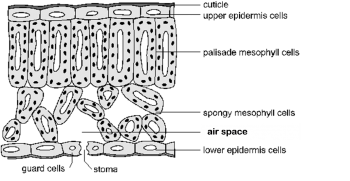 In the first part of this activity, students learn how to use the floating leaf disk method to measure the rate of net photosynthesis (i.e. the rate of photosynthesis minus the rate of cellular respiration). They use this method to show that net photosynthesis occurs in leaf disks in a solution of sodium bicarbonate, but not in water. Questions guide students in reviewing the relevant biology and analyzing and interpreting their results. In the second part of this activity, student groups develop hypotheses about factors that influence the rate of net photosynthesis, and then each student group designs and carries out an investigation to test the effects of one of these factors. (NGSS)
In the first part of this activity, students learn how to use the floating leaf disk method to measure the rate of net photosynthesis (i.e. the rate of photosynthesis minus the rate of cellular respiration). They use this method to show that net photosynthesis occurs in leaf disks in a solution of sodium bicarbonate, but not in water. Questions guide students in reviewing the relevant biology and analyzing and interpreting their results. In the second part of this activity, student groups develop hypotheses about factors that influence the rate of net photosynthesis, and then each student group designs and carries out an investigation to test the effects of one of these factors. (NGSS)
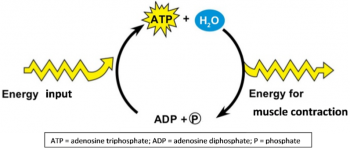
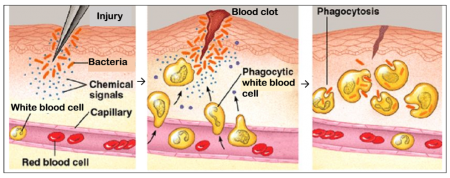 In this activity, students analyze multiple examples of the relationship between structure and function in diverse human cells and in the digestive system.
In this activity, students analyze multiple examples of the relationship between structure and function in diverse human cells and in the digestive system.
